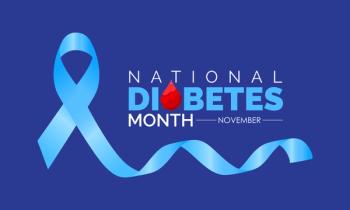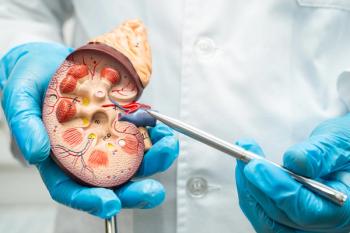
2 New Liquid Biopsy Tests May Identify Different Cancers
Study results show that blood and urine exams can potentially pinpoint and track bladder malignancies and nerve tumors.
Blood and urine tests have been identified as potential ways to identify and track bladder cancer and peripheral nerve tumors, according to the results of 2 studies conducted by the Washington University School of Medicine in St. Louis.
“Our studies demonstrate ways that cancer management could improve with liquid biopsies that accurately diagnose and monitor tumors at various stages of the disease,” Aadel A. Chaudhuri, MD, an assistant professor of radiation oncology, said in a statement. “For bladder cancer, if a urine biopsy can detect whether the early chemotherapy totally eradicated the tumor, it could help some patients avoid major surgery to remove the bladder … and for NF1, if we can distinguish between tumors that are cancerous versus precancerous, we open the door to early cancer detection in hereditary conditions that predispose people to developing cancer.”
The results of 1 study show that a urine biopsy can help monitor bladder cancer and physicians determine treatments to eradicate the cancer or identify remnants of the disease. The second study results show that a blood biopsy can diagnose tumor sheaths, or lining, that covers peripheral nerves that cause neurofibromatosis type 1 (NF1), a genetic disorder. This makes it easier to determine whether nerve sheaths are benign or malignant.
In the future, the urine biopsy is hoped to be a way to determine if patients need their bladders removed or if they can safely avoid this procedure.
Individuals with NF1 are predisposed to developing cancer, which usually stems from benign tumors that are often hard to distinguish from the malignant ones. The blood biopsy can help physicians determine when the benign tumors become malignant and can be treated sooner.
Reference
Liquid biopsies may aid diagnosis, treatment of bladder, nerve tumors. Science Daily. News release. September 1, 2021. Accessed September 2, 2021. https://www.sciencedaily.com/releases/2021/09/210901100326.htm
Newsletter
Stay informed on drug updates, treatment guidelines, and pharmacy practice trends—subscribe to Pharmacy Times for weekly clinical insights.


















































































































































































































